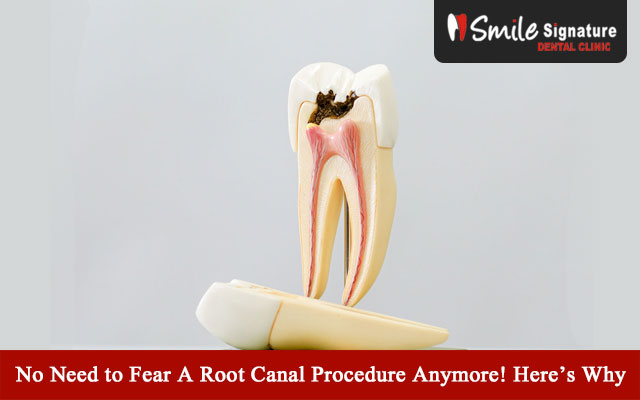Are you someone who shudders at just the idea of getting a dental cleaning done? A root canal might seem like a must-avoid treatment. But in reality, root-canal is a moderately pain free dental operation. Here’s everything you need to know about a root canal treatment in Kolkata and why you MUST not fear it!
A Brief on Root Canal Procedure
Dental pulp is a soft spot in the middle of a tooth that contains blood vessels, nerves, and connective tissue. Treatment of root canal is required in case of infection or tooth loss.
The procedure involves removing the dental pulp, cleaning the inside of the tooth, and sealing it. When a tooth comes out of the gums, the nerves in the teeth help you feel warm or cold. In other words, losing a nerve does not affect dental performance.
Although the purpose of the root canal method is to protect the tooth from decay or damage, the nerve can be removed if it is caught or damaged. Failure to treat tooth decay or damage can spread the infection and lead to pain and loss of teeth.
Watch Out For These Symptoms
Here are a few symptoms that indicate that you need a dental attention:
- Sensitivity to hot and cold foods and beverages
- Intense toothache while drinking or eating
- Tooth discoloration
- Swelling in gums around the teeth
What Happens During the Procedure? A Step-By-Step Guide
So, what happens during a root canal therapy? How does the best dentist in Kolkata perform the procedure with complete safety? Here’s the guidebook for a beginner like you!
Step 1
First and foremost, the dentist examines and does an X-ray of your tooth to understand the severity of your infection. After that, the expert applies local anesthesia to numb your teeth and cleans your teeth and mouth thoroughly.
Step 2
Once the dentist has cleaned your teeth and overall mouth, the expert makes some small openings in your dental crown with the help of small instruments. Then, he/she carefully cleans your dental pulp.
Step 3
After cleaning your dental pulp, your dentist will fill your root canals with bio-compatible materials. They might use an adhesive cement to make sure that yourroot canal is completely sealed
Step 4
Your dentist will finish the procedure by putting a permanent crown on the top your tooth. But the final step is carried out after a few weeks of the third step.
The Post-Operative Care
Once your anesthesia wears off, you might experience mild pain and sensitivity. Don’t forget to follow your dental care routine as instructed by your surgeon. However, if you are unsure whether you need a root canal or not, schedule your appointment at the best dental clinic in Kolkata.

